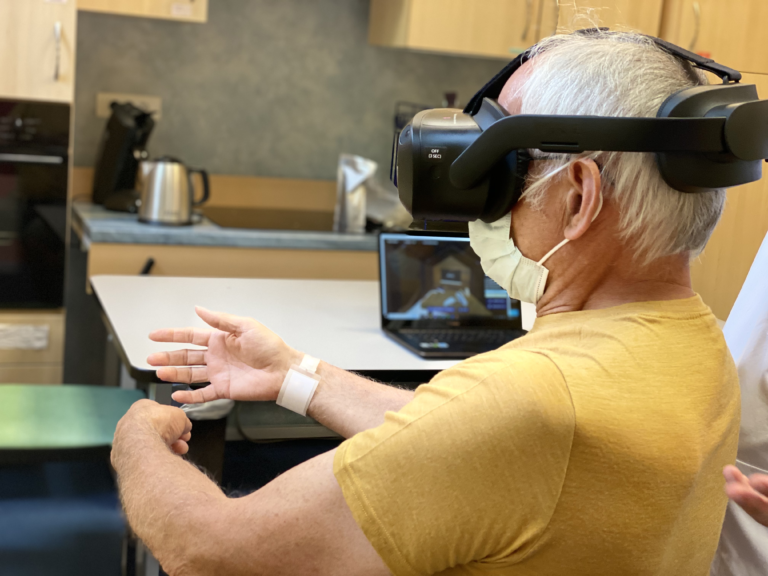La réalité mixte en rééducation des membres inférieurs par Dr Frank Wein
Nowadays, many professionals and companies use the terms virtual, augmented and mixed reality, which shows a...

In full expansion for several years now, virtual reality (VR) is a technology that allows to simulate the presence of a user in a digital environment.
The user is immersed in an immersive experience where he can interact with the different elements around him. Over time, the medical world has been able to use this technology for therapeutic purposes.
It is therefore natural that virtual reality technology has arrived in the field of rehabilitation and has quickly established itself as a new therapeutic tool.
Rehabilitation is a long process that confronts patients with many difficulties, including: the decrease in financial and human resources for optimal support, the lack of adherence to treatment of patients or their discouragement in the face of repetitive exercises ...
Thanks to virtual reality, patients are at the heart ofinteractive and immersiveenvironments where they perform exercises adapted to their abilities. This sensory stimulation encourages motivation and leads patients to surpass themselves on a daily basis.
These therapeutic benefits are numerous and complement conventional rehabilitation and have been demonstrated by numerous international scientific studies for over 20 years. Here are some examples:
To learn more about the additional benefits of virtual reality in rehabilitation, please contact us to be put in touch with one of our experts.
Nowadays, many professionals and companies use the terms virtual, augmented and mixed reality, which shows a...
Nowadays, many professionals and companies use the terms virtual, augmented and mixed reality, which shows a...
Nowadays, many professionals and companies use the terms virtual, augmented and mixed reality, which shows a...
H'ability at Rééduca 2025 From October 9 to 11, 2025, join us at Paris, Porte de Versailles, stand C06,...